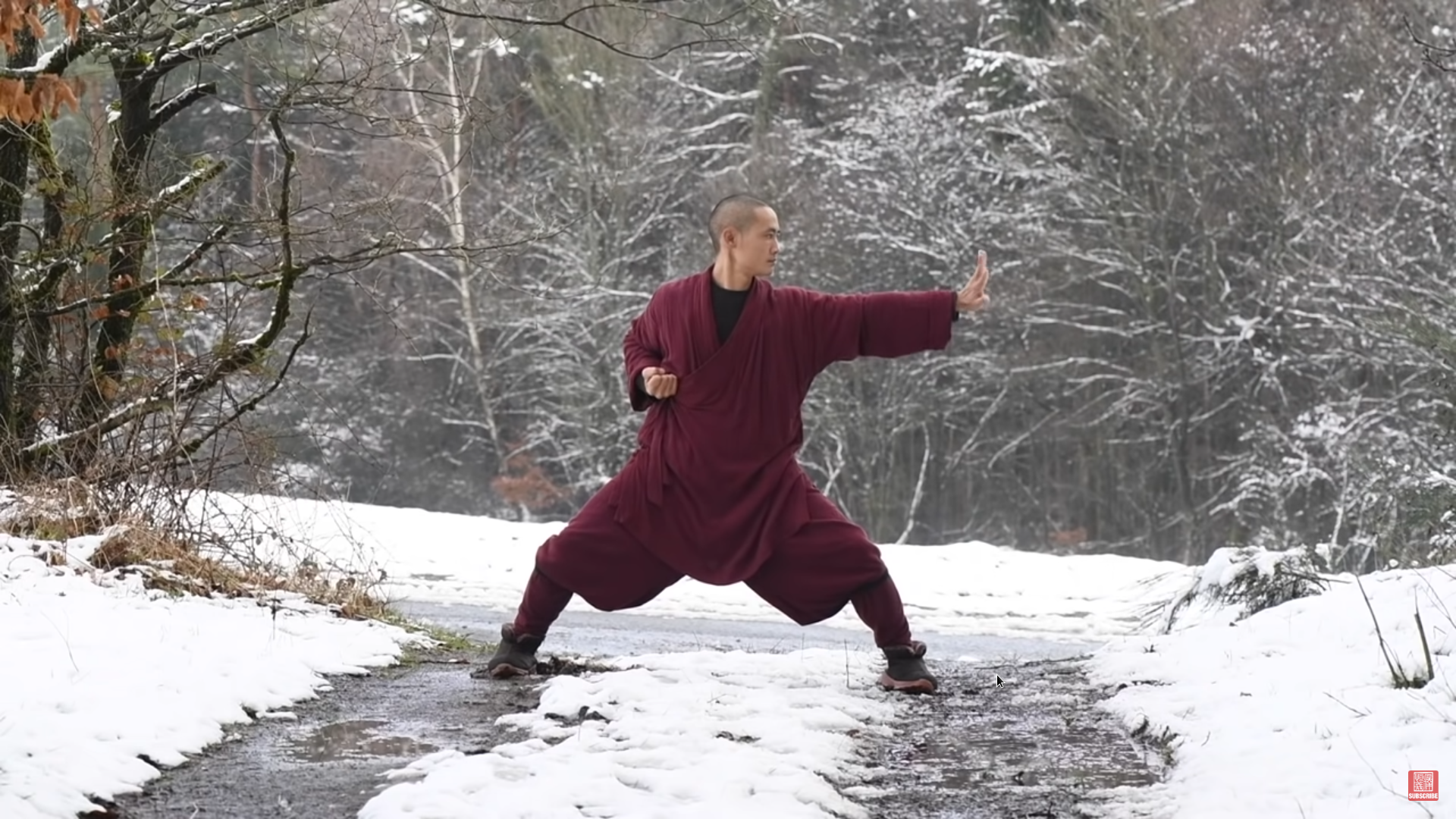Qi Gong Video. Just Try It.
Written by on

Qigong (pronounced “chee-gong”) is an ancient Chinese practice that involves coordinating breathing, movement, and meditation. Here’s a breakdown of what it entails:
Core Concepts:
* It's rooted in traditional Chinese medicine (TCM) and aims to cultivate and balance "qi" (pronounced "chee"), which is considered the vital life force.
* "Qi" is believed to flow through channels in the body called meridians, and qigong practices are designed to promote its smooth and harmonious flow.
* "Gong" translates to "work" or "cultivation," so qigong essentially means "cultivating qi."
Key Components:
* **Movement:** Qigong involves gentle, flowing movements and postures that are often performed slowly and deliberately.
* **Breathing:** Deep, rhythmic breathing is a crucial aspect of qigong, helping to regulate the flow of qi.
* **Meditation:** Mental focus and visualization are used to guide the qi and promote a calm and peaceful state of mind.
Purposes and Benefits:
* Qigong is practiced for a variety of purposes, including:
* Promoting health and well-being.
* Reducing stress and anxiety.
* Improving balance and flexibility.
* Enhancing mental clarity.
* Supporting the body's natural healing processes.
* It is used as a form of exercise, relaxation, preventative medicine, and in martial arts training.
Relationship to Tai Chi:
* Tai chi is often considered a form of qigong. However, qigong encompasses a broader range of practices.
* While tai chi involves a continuous sequence of movements, qigong exercises can be more varied and may include static postures and simpler movements.
Conclusion
In essence, qigong is a mind-body practice that aims to harmonize the flow of qi, leading to improved physical and mental health.
